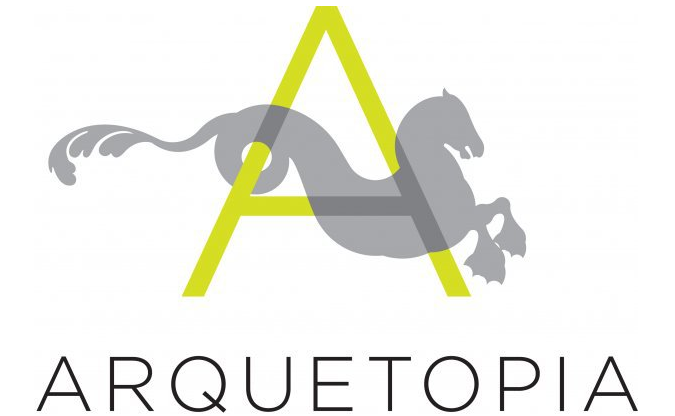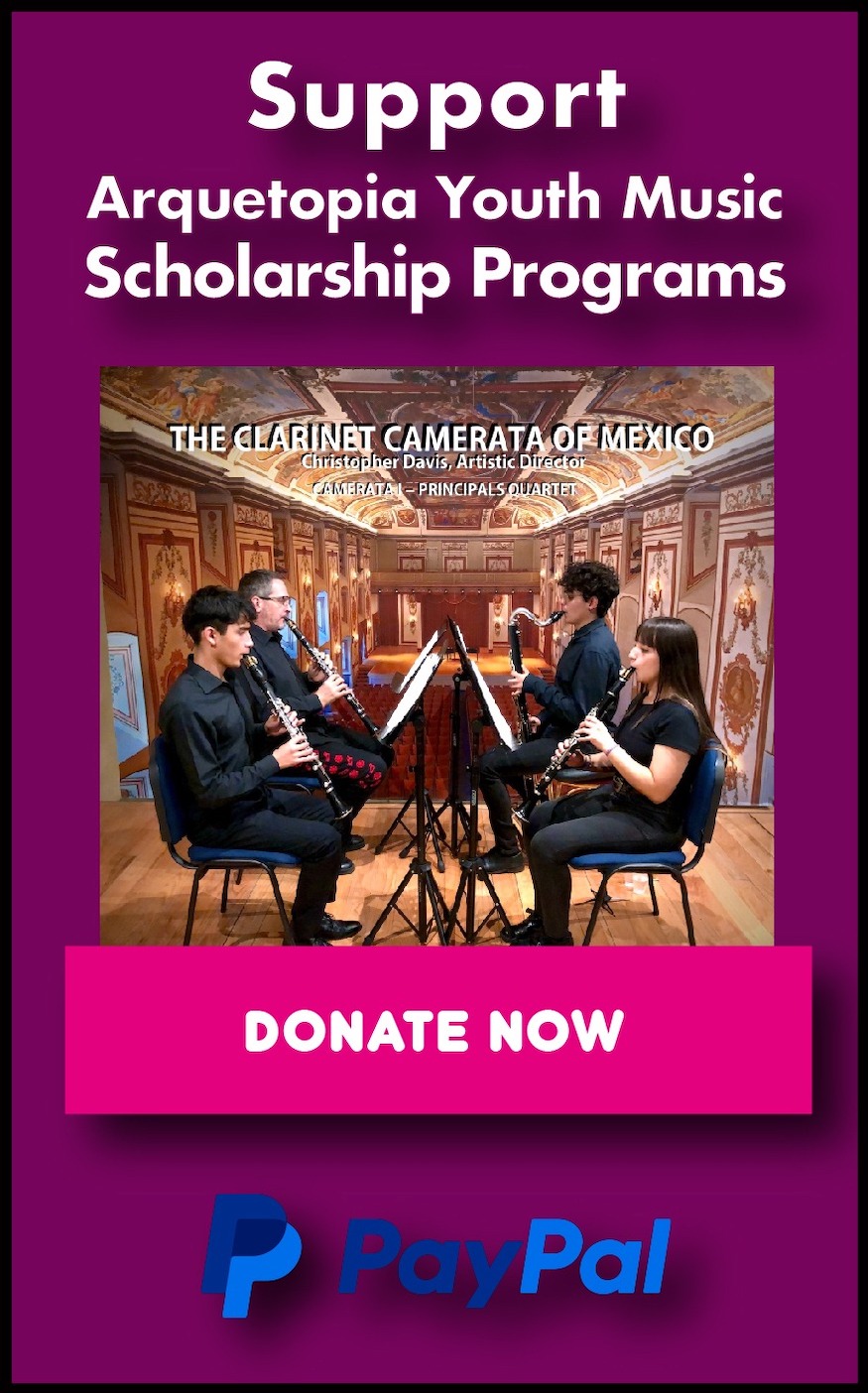The Silvered Spiral:
Mexican Jewelry & Silversmithing Instructional Program
Arquetopia Location: Oaxaca, Mexico
Since the 16th century, silver from the Americas has been associated with wealth and global exchange. Munitions, shipping equipment, and other metal goods, along with Chinese silks, Indian cottons, porcelain, spices, and wax, were all traded for silver extracted from the mines of New Spain (Mexico) and Peru. From the Manila Galleon to the vessels of the Atlantic trade route, returning ships were so heavily laden with silver that it became the monetary standard across much of Asia. While the mining industry fueled commercial expansion, it also drove the transatlantic slave trade and the exploitation of Indigenous and African labor.
Beyond its role in trade, silver from the Americas, and particularly from New Spain, played a crucial part in shaping the cultural and artistic landscape of Europe. The vast wealth extracted from Mexican mines such as Zacatecas and Guanajuato was funneled into the coffers of the Spanish Crown, financing military campaigns and supporting the grandeur of the Habsburg and Bourbon courts. This influx of silver not only sustained the economic dominance of Spain but also funded the Renaissance and later the Baroque period across Europe. The opulence of the Baroque, with its dramatic compositions and intricate ornamentation, was made possible by the immense resources extracted from the colonies.
This transatlantic silver trade is visibly reflected in the art of the period, particularly in Diego Velázquez’s Las Meninas (1656), where the wealth of the Spanish court is on full display. The elaborate textiles, the refined objects, and even the luminosity of the painting itself bear witness to the silver trade’s impact. The presence of a red búcaro (a small clay vessel from the Americas, often used by noblewomen) in the hands of the menina María Agustina Sarmiento hints at the global networks sustained by silver, as these objects were exchanged alongside precious metals. The Spanish court, adorned in lavish fabrics and immersed in a culture of patronage, owed much of its splendor to the riches of New Spain, making American silver an essential force behind the artistic and architectural marvels of the Baroque era.
Mexican silver has a complex and fascinating history that spans centuries and remains a unique symbol of taste. From the intricate Baroque designs of Oaxaca to the glamorous Art Deco silver of Taxco in the 1920s and 1930s, silver’s versatility, beauty, and malleability have allowed it to adapt to a wide range of techniques, from textiles to jewelry and beyond. Filigree, in particular, is a delicate metalworking technique resembling lace, which migrated from the Islamic world to Europe and eventually to the Americas. Introduced to Mexican silversmiths in the 1600s, filigree evolved into a distinctive style, shaping the rich tradition of Oaxacan jewelry and silversmithing.
1. The Connectivity of Concepts
The Mexican Jewelry & Silversmithing Instructional Program integrates history, material culture, and artistic practice, fostering a deeper understanding of how silver has shaped social, economic, and artistic landscapes. Through academic visits and hands-on engagement with traditional silversmithing techniques, participants connect the tactile experience of working with silver to larger conceptual frameworks, exploring its role in global trade, colonial economies, and cultural identity. This approach encourages participants to critically examine how silver, from its extraction in New Spain to its circulation across Europe and Asia, fueled artistic production, wealth accumulation, and power structures. By investigating its historical significance—from religious artifacts and luxury objects to contemporary applications—artists gain insight into how silver continues to influence visual culture and artistic practices today.
2. The Practice of Unlearning
This program challenges participants to dismantle preconceived notions about art and material culture by critically examining silver’s symbolism and the extractive practices tied to its production. By interrogating how silver has been commodified, recontextualized, and embedded within global power structures, participants engage in a process of unlearning. They question dominant narratives surrounding wealth, colonial economies, and the material’s association with status and spirituality, reorienting their practice toward a more conscious and nuanced relationship with materials, craftsmanship, and sustainability. This approach emphasizes how artistic practice—beyond aesthetic outcomes—can serve as a means to challenge historical ideologies and engage with contemporary discussions on labor, value, and environmental impact.
3. The Rhythm of Creating
In this program, rhythm becomes a space where participants explore the relationship between the body, labor, and the creative process, using both research and intuition to challenge historical narratives surrounding silver and its cultural implications. The hands-on exploration of traditional silversmithing techniques, particularly Oaxacan filigree, encourages participants to engage in a dynamic process where making, questioning, and discovering unfold in constant dialogue. By working with the intricate lace-like metalwork of filigree—introduced to Mexico in the 17th century and transformed by Indigenous artisans into a distinctive tradition—participants gain a deeper material understanding of silver’s adaptability and cultural significance. This approach transforms artistic practice into a site of active inquiry, where intuition serves as a method for rethinking the ideological legacies embedded in silver craftsmanship, forging new connections between past and present—especially regarding themes of wealth, colonial trade, and extractive economies.
4. The Ethics of Movement
The process of creation, as Elsa Barkley Brown describes through the concept of rhythm, is not linear but multidirectional, requiring movement between different perspectives, histories, and experiences. This program emphasizes the ethics of movement by asking participants to consider the responsibility that comes with engaging with images, particularly silver and its symbolism, and their potential to shape perception. Whether through the physical act of working with silver, the transmission of knowledge, or the cultural significance of silver objects—such as Oaxacan filigree jewelry—participants are invited to reflect on how artistic practice can navigate difference, reciprocity, and responsibility. Additionally, the encounter with the viewer through the work becomes an ethical opportunity to engage with critical questions, prompting a deeper reflection on how artistic choices—especially those involving materials historically tied to extraction, colonial economies, and labor exploitation—shape understanding, challenge dominant narratives, and open spaces for dialogue.


The Mexican Jewelry & Silversmithing Instructional Program is a 3-week mentored production program that includes 27 hours of instruction by a prominent master silversmith. Participants will learn the technique of using wire as a frame, shaping their designs by curling, twisting, and plating silver wire to create intricate metal threads. As part of the process, they will also learn how to melt a silver troy ounce—provided as part of the program’s materials—to create their own silver wire. Instruction is conducted in Spanish, though participants do not need to speak Spanish to successfully complete the course. Individual mentoring is provided by our directorial and curatorial staff for personalized research assistance, project guidance, and critique. In addition to their instruction, participants also work independently in our spaces.
PROGRAM DURATION / TIME PERIOD
Sessions are 3 weeks, with option to extend for 1-2 more weeks of continued production as a standard Art, Design or Photography Program. Dates are not predetermined but are proposed by the applying artist.
WHAT THIS COMPREHENSIVE INSTRUCTIONAL PROGRAM INCLUDES
WHAT THIS COMPREHENSIVE INSTRUCTIONAL PROGRAM INCLUDES
Technique Instruction:
- 27 hours master instruction, at 9 hours per week
- A weekly meeting with our directorial and curatorial staff for personalized mentoring, research assistance, project guidance, and critique
- Furnished, private bedroom
- 24-hour access to the kitchen for participants to prepare their own meals; meals/food are the participants' responsibility
- Wireless Internet
- Use of Arquetopia’s common spaces
- Shared, serviced (single) bathrooms with modern fixtures and showers
- Housekeeping
- Downtown arrival pickup and departure dropoff transportation provided
- Affordable, everyday public transportation is available from the program vicinity into the city. Participants receive an orientation regarding the local transportation system upon arrival
- 24-hour access to shared studio
- Personal workspace with a large table
- Some tools provided
- Materials and supplies for the instructional course provided
- Materials and supplies for extended project production not included but available for purchase locally
PROGRAM TUITION INFO & APPLICATION DEADLINES
E-mail This email address is being protected from spambots. You need JavaScript enabled to view it. for tuition info and application deadlines for this program.
TO APPLY
Click here to apply for this instructional program.
Click here to apply for this instructional program.










